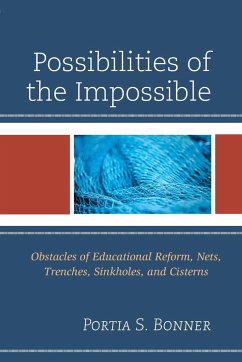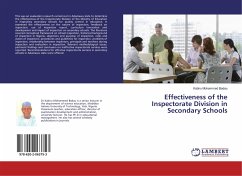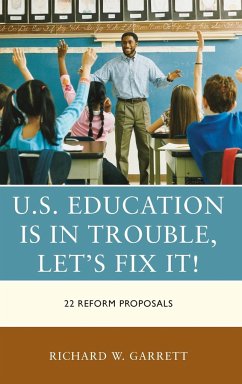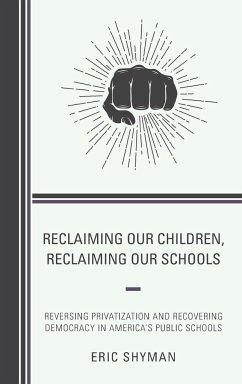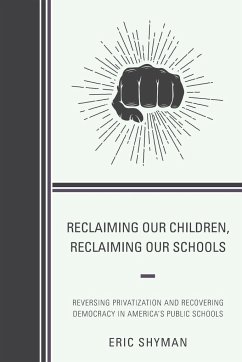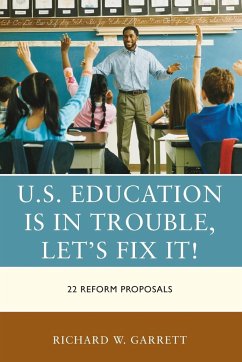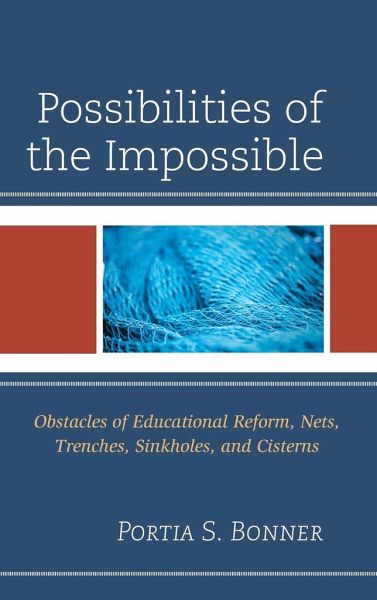
Possibilities of the Impossible
Obstacles of Educational Reform, Nets, Trenches, Sinkholes and Cisterns
Versandkostenfrei!
Versandfertig in 1-2 Wochen
78,99 €
inkl. MwSt.
Weitere Ausgaben:

PAYBACK Punkte
39 °P sammeln!
Four metaphors are used to describe the realities of how the educational system affects students.




